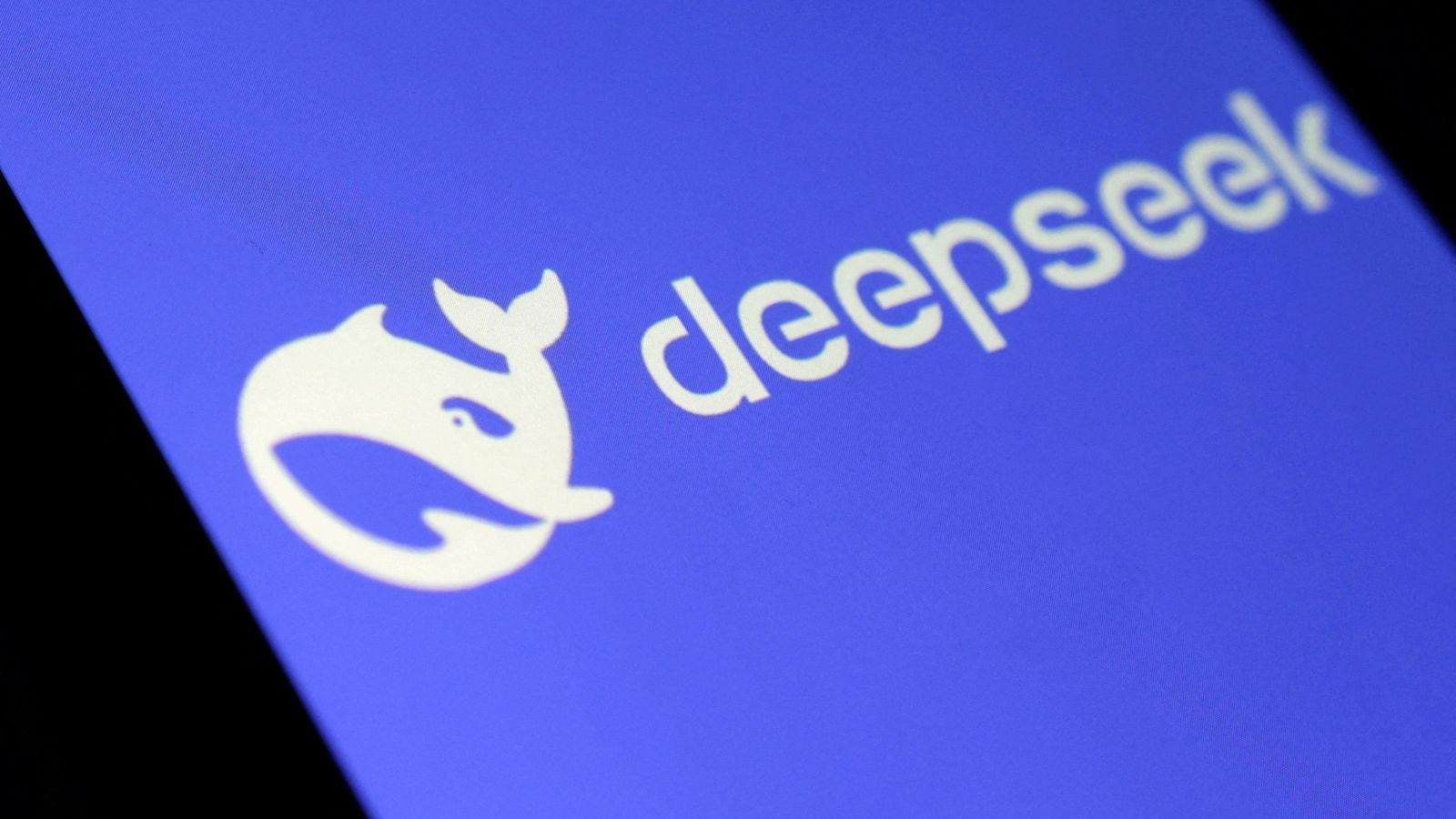The challenge postured to America by China's DeepSeek artificial intelligence (AI) system is extensive, casting doubt on the US' overall method to facing China. DeepSeek uses innovative solutions starting from an original position of weakness.
America believed that by monopolizing the use and advancement of advanced microchips, photorum.eclat-mauve.fr it would forever cripple China's technological improvement. In reality, it did not occur. The inventive and resourceful Chinese found engineering workarounds to bypass American barriers.
It set a precedent and something to think about. It might take place whenever with any future American technology; we shall see why. That stated, American technology stays the icebreaker, forum.batman.gainedge.org the force that opens new frontiers and horizons.
Impossible direct competitions
The issue depends on the regards to the technological "race." If the competitors is simply a linear video game of technological catch-up in between the US and China, the Chinese-with their resourcefulness and large resources- might hold an almost overwhelming benefit.
For instance, China produces 4 million engineering graduates every year, almost more than the remainder of the world integrated, and has a massive, semi-planned economy efficient in focusing resources on concern objectives in methods America can barely match.
Beijing has countless engineers and billions to invest without the immediate pressure for financial returns (unlike US companies, which deal with market-driven commitments and expectations). Thus, China will likely constantly reach and surpass the newest American developments. It may close the gap on every technology the US introduces.
Beijing does not require to search the globe for breakthroughs or save resources in its quest for innovation. All the experimental work and monetary waste have already been carried out in America.
The Chinese can observe what operate in the US and put money and leading skill into targeted projects, betting rationally on limited improvements. Chinese ingenuity will deal with the rest-even without considering possible industrial espionage.

Latest stories
Trump's meme coin is a boldfaced cash grab

Fretful of Trump, Philippines drifts rocket compromise with China
Trump, Putin and Xi as co-architects of brave new multipolar world
Meanwhile, passfun.awardspace.us America may continue to leader new developments however China will constantly catch up. The US might complain, "Our innovation transcends" (for fishtanklive.wiki whatever reason), however the price-performance ratio of Chinese products could keep winning market share. It could hence squeeze US companies out of the market and America might find itself progressively struggling to contend, even to the point of losing.
It is not a pleasant scenario, one that might just alter through drastic measures by either side. There is already a "more bang for the buck" dynamic in linear terms-similar to what bankrupted the USSR in the 1980s. Today, nevertheless, the US threats being cornered into the exact same hard position the USSR as soon as dealt with.
In this context, easy technological "delinking" might not be enough. It does not indicate the US must desert delinking policies, but something more comprehensive might be required.

Failed tech detachment
Simply put, the design of pure and simple technological detachment may not work. China presents a more holistic difficulty to America and the West. There need to be a 360-degree, articulated technique by the US and its allies toward the world-one that integrates China under particular conditions.
If America succeeds in crafting such a strategy, we could imagine a medium-to-long-term structure to prevent the danger of another world war.
China has improved the Japanese kaizen model of incremental, minimal improvements to existing technologies. Through kaizen in the 1980s, Japan wanted to overtake America. It failed due to flawed industrial options and Japan's stiff advancement model. But with China, the story could vary.

China is not Japan. It is larger (with a population 4 times that of the US, whereas Japan's was one-third of America's) and more closed. The Japanese yen was completely convertible (though kept synthetically low by Tokyo's central bank's intervention) while China's present RMB is not.
Yet the historic parallels are striking: both Japan in the 1980s and China today have GDPs approximately two-thirds of America's. Moreover, Japan was an US military ally and an open society, scientific-programs.science while now China is neither.
For the US, a different effort is now required. It should develop integrated alliances to expand worldwide markets and strategic spaces-the battleground of US-China rivalry. Unlike Japan 40 years ago, China comprehends the value of worldwide and multilateral spaces. Beijing is attempting to transform BRICS into its own alliance.
While it fights with it for many factors and having an option to the US dollar international role is farfetched, Beijing's newly found international focus-compared to its previous and Japan's experience-cannot be overlooked.
The US ought to propose a new, integrated advancement model that expands the market and human resource pool aligned with America. It must deepen combination with allied nations to develop a space "outside" China-not always hostile however distinct, permeable to China just if it adheres to clear, unambiguous guidelines.
This expanded space would magnify American power in a broad sense, reinforce international solidarity around the US and offset America's group and human resource imbalances.
It would reshape the inputs of human and funds in the current technological race, thus influencing its ultimate outcome.
Register for among our free newsletters
- The Daily Report Start your day right with Asia Times' leading stories
- AT Weekly Report A weekly roundup of Asia Times' most-read stories
Bismarck motivation
For China, there is another historical precedent -Wilhelmine Germany, devised by Bismarck, in the late 19th and early 20th centuries. At that time, Germany imitated Britain, exceeded it, and turned "Made in Germany" from a mark of pity into a symbol of quality.
Germany became more informed, free, tolerant, democratic-and likewise more aggressive than Britain. China might pick this path without the aggressiveness that resulted in Wilhelmine Germany's defeat.
Will it? Is Beijing ready to end up being more open and tolerant than the US? In theory, this might enable China to surpass America as a technological icebreaker. However, such a design clashes with China's historic tradition. The Chinese empire has a tradition of "conformity" that it has a hard time to leave.
For the US, the puzzle is: can it unify allies closer without alienating them? In theory, this course aligns with America's strengths, but hidden difficulties exist. The American empire today feels betrayed by the world, especially Europe, and reopening ties under new guidelines is complicated. Yet an innovative president like Donald Trump may wish to try it. Will he?

The path to peace needs that either the US, China or both reform in this direction. If the US joins the world around itself, China would be separated, dry up and turn inward, ceasing to be a danger without harmful war. If China opens up and democratizes, a core factor for the US-China conflict liquifies.
If both reform, a brand-new worldwide order could emerge through settlement.
This short article first appeared on Appia Institute and is republished with consent. Read the original here.
Register here to talk about Asia Times stories
Thank you for signing up!
An account was already signed up with this e-mail. Please check your inbox for an authentication link.







